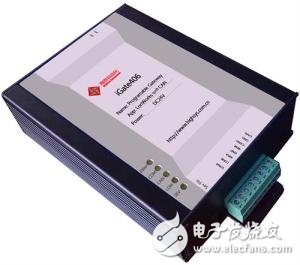The LonTalk protocol offers a comprehensive set of communication services that allow devices on a network to exchange messages without needing to know the network's topology, other devices' names, addresses, or functions. It selectively provides end-to-end message acknowledgment, message retransmission, and priority transmission to manage transaction limits effectively. Network management services support remote tools for managing devices over the network, including reconfiguring addresses, downloading applications, reporting issues, and restarting or resetting device functions.
LonTalk is designed to operate across various physical media, such as power lines, twisted pairs, wireless (RF), infrared (IR), coaxial cables, and fiber optics. This versatility makes it ideal for diverse control network environments.

A flat, peer-to-peer (P2P) architecture is often preferred for automated control systems. Unlike hierarchical architectures, which rely on a central controller, P2P allows direct communication between devices, eliminating single points of failure and reducing bottlenecks. In a P2P setup, device failures typically affect only the individual node, rather than the entire system.
LonTalk uses an enhanced CSMA (Carrier Sense Multiple Access) protocol with predictable persistence. Nodes listen to the network before transmitting, waiting for a random time based on network load. This helps reduce collisions and improve efficiency. The protocol also includes priority slots for critical messages, ensuring important data is transmitted quickly.

The LonTalk protocol is structured into seven layers:
1. **Physical Layer**: Transmits bit streams over various media like twisted pair, power lines, RF, and fiber. It supports network segmentation and uses different transceivers for each medium.
2. **Data Link Layer**: Ensures reliable data transfer using MAC and LLC sublayers. It manages access to the network, error control, and flow control.
3. **Network Layer**: Handles addressing and routing, allowing large-scale networks through domain, subnet, and node hierarchies. It supports group addressing for efficient message distribution.
4. **Transport Layer**: Provides reliable or unreliable messaging services. It manages retransmissions, timeouts, and buffer handling to ensure effective communication.
5. **Session Layer**: Manages dialogues between nodes, supporting user identification, session control, and recovery from failures.
6. **Presentation Layer**: Defines how data is formatted and interpreted, using network variables and explicit messages to represent shared information.
7. **Application Layer**: Implements user-defined functions and interactions, including IPO objects, timers, and message tags. It enables direct control of physical devices through the Neuron chip.
LonTalk also provides a full suite of development and management tools, such as LonBuilder and LonMaker, to simplify network configuration and maintenance. These tools automate complex processes, making it easier for users to deploy and manage LON networks without deep technical knowledge.
Whether using network variables for automatic communication or explicit messages for more advanced control, LonTalk offers flexibility and reliability in industrial and home automation systems. Its robust design and wide range of features make it a powerful choice for modern control networks.
We have experience and skill to support customers to tooling for their required waterproof connectors, like IP68 series,micro fit connectors. Etop wire assemblies for various industries have been highly recognized by all the customers and widely used for automobiles, electrical and mechanical, medical industry and electrical equipemnts, etc. Products like, wire harness for car audio, power seat, rear-view mirror, POS ATM, Diesel valve Cover gasket fit, elevator, game machine, medical equipment, computer, etc.
JST Connector,Molex Connector, Multi-Contact Connector, Micro Fit Connectors
ETOP WIREHARNESS LIMITED , https://www.etopwireharness.com
